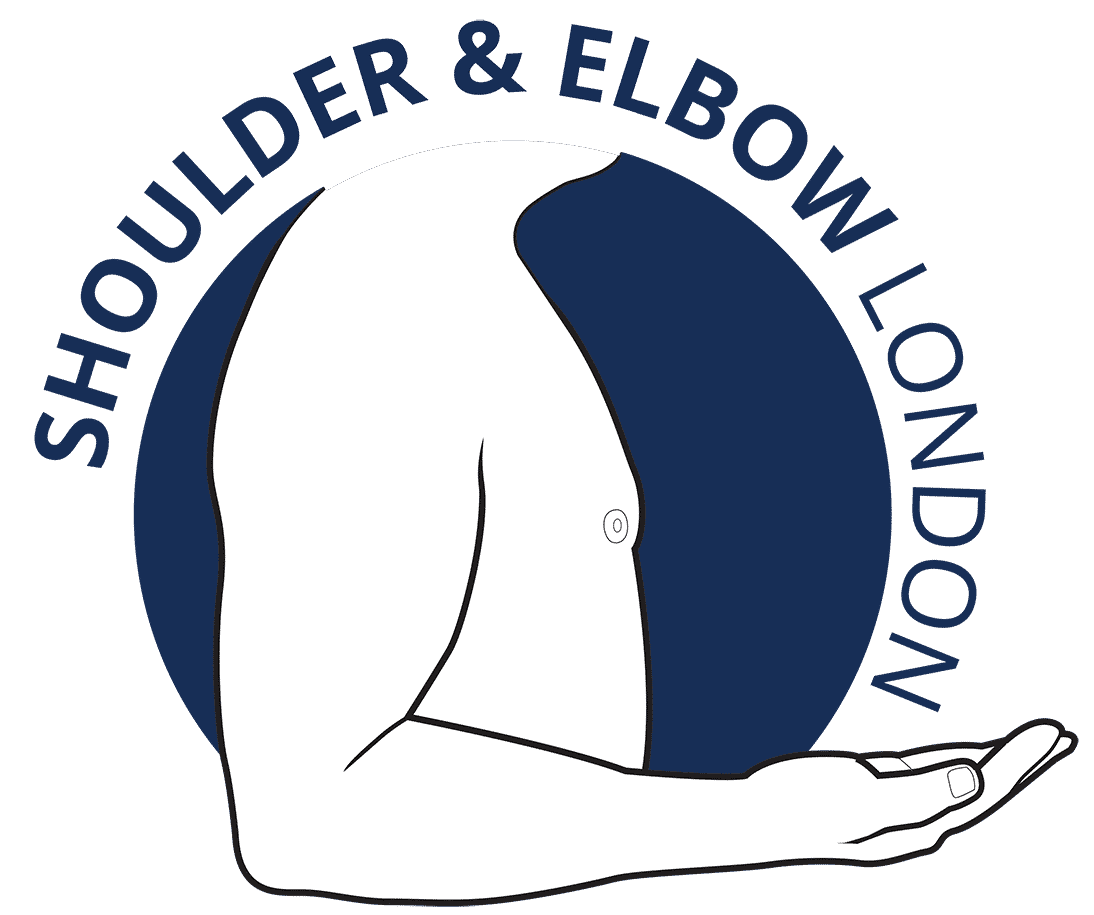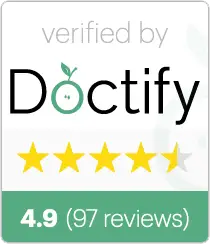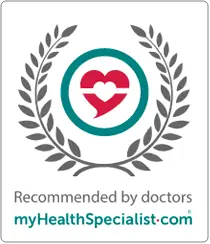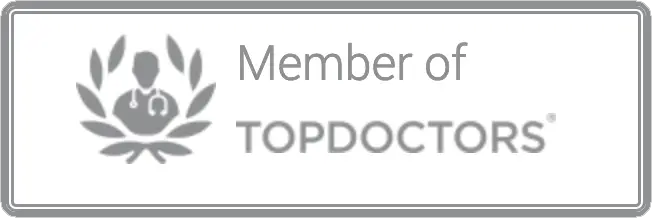
SHOULDER SURGERY RECOVERY
Shoulder Surgery Recovery
This shoulder surgery recovery guide is for patients recovery from the following operations:
- Keyhole surgery for Frozen Shoulder, Rotator Cuff Tears, and Subacromial Shoulder Pain
- Keyhole and open surgery for Traumatic Shoulder Dislocation
- Keyhole surgery for AC Joint Degeneration and Distal Clavicle Osteolysis
- Open surgery for AC Joint Dislocation
- Fixation of shoulder and Clavicle Fractures
Pain Relief After Shoulder Surgery
If you have had awake shoulder surgery or a regional nerve block you may have minimal pain or discomfort in your shoulder when you are discharged from hospital. Blocks should last up to 24 hours after shoulder surgery. We usually send you home with tablet painkillers.
The first night of your shoulder surgery we advise taking your painkillers before going to bed and first thing the next morning when you wake up so that you have good pain relief on board and the block wears off slowly rather than suddenly.
If you have had an operation for a shoulder or clavicle fracture, we recommend to avoid anti-inflammatory drugs as they can slow down fracture healing.
For added pain relief an ice pack applied to the shoulder can be helpful. You can ice the shoulder as much as you want with each icing session going no more than 20 minutes at a time. You can purchase a useful shoulder ice pack here (paid link).
Sleeping After Shoulder Surgery
Most shoulder problems cause the shoulder to be too painful to sleep on. After your shoulder surgery it is unlikely that you would be able to sleep on the shoulder that we operated on until you have completely recovered.
Most patients also find sleeping on the opposite side uncomfortable, as the operated arm will either flop forward or backward causing pain. We recommend lying flat on your back to sleep (although this takes some getting used to) and most patients find it useful to have a pillow lined up along the side of the body so that the operated shoulder and arm are supported on the pillow.
This great video demonstrates how to support your shoulder in bed after a shoulder injury or shoulder surgery:
Managing your Shoulder Surgery Sling
Most patients will be sent home from key-hole surgery (arthroscopic shoulder surgery) with a temporary shoulder sling (collar and cuff). This sling is meant to support the arm overnight as it is usually floppy from the regional nerve block. The next morning when the arm comes back to life, if instructed by us, the collar and cuff should be removed and thrown away, and exercises and use of the shoulder, elbow, wrist, and hand should start straight away.
If you have had some types of key-hole surgery such as arthroscopic rotator cuff repair, or arthroscopic shoulder stabilisation, or open surgery such a fracture fixation, you may be sent home from surgery with a more long-term shoulder surgery sling called a polysling. After the operation we will tell you how long the sling is to be worn for. If you need to purchase an adjustable polysling you can buy one online here (paid link).
Polyslings can be confusing to adjust so please watch this video on how to adjust your shoulder sling:
Rehabilitation After Shoulder Surgery
The rehabilitation of your shoulder depends on the operation you have had. We would have discussed with you the expected post-operative rehabilitation before the operation in clinic and on the ward and we will confirm this with you after your surgery.
Almost all patients having shoulder surgery will require physiotherapy post-operatively. You will need to arrange the physiotherapy to start when we advise you, and will need to get approval from your insurance company to cover the costs of the physiotherapy. If you don’t have a physiotherapist, you can choose one from our list of recommended shoulder and elbow physios.
While waiting for your physiotherapy to start, if we give you permission, you can do the exercises in this video for your shoulder, elbow, wrist and hand:
We will give you a copy of your operation note to take to your physiotherapist. If you have had any of the following procedures, we will also give you a rehabilitation protocol to take with the operation note to your physiotherapist:
Arthroscopic capsular release for frozen shoulder – Rehab protocol
Arthroscopic rotator cuff repair – Rehab protocol
Arthroscopic shoulder stabilisation – Rehab protocol
Arthroscopic subacromial decompression including ACJ excision & LHB Tenodesis – Rehab protocol
When Can I Shower After Shoulder Surgery?
After shoulder surgery we suture your wound, secure it with steri-strips, and cover it with a dry wound dressing (usually transparent with a white pad in the middle). An outer pressure dressing is applied over the wound dressing to reduce post-operative haematoma formation.
We will tell you when to remove the outer pressure dressing. Sometimes it is removed before you leave hospital.
The inner wound dressing should be kept clean and dry for two weeks. At two weeks we see you in clinic to remove the wound dressing and the steri-strips, and we either trim or remove your sutures. When the sutures are trimmed or removed there are tiny holes in the skin which take 24 hours to close.
In order to keep the wound dressing clean and dry until the follow-up appointment we don’t recommend showering until the day after your sutures are trimmed or removed. We recommend using sponge baths to keep clean until the day after the sutures are removed.
Getting the wound wet or removing the dressing too soon without re-covering the wound can lead to wound infection.
When Can I Drive After Shoulder Surgery?
You cannot drive with a shoulder sling or dressing as these could make you unsafe or invalidate your car insurance. After we give you permission to remove your sling, the shoulder can still be a bit painful and stiff so usually it is not possible to drive safely until about two weeks after sling removal.
Nick Ferran @ Shoulder & Elbow London Ltd
Clinics in:
Chiswick – Harrow – St. Johns Wood
As an Amazon Associate, I earn from qualifying purchases.





